Home>Home Appliances>Lighting Appliances>How To Cover A Ceiling Light
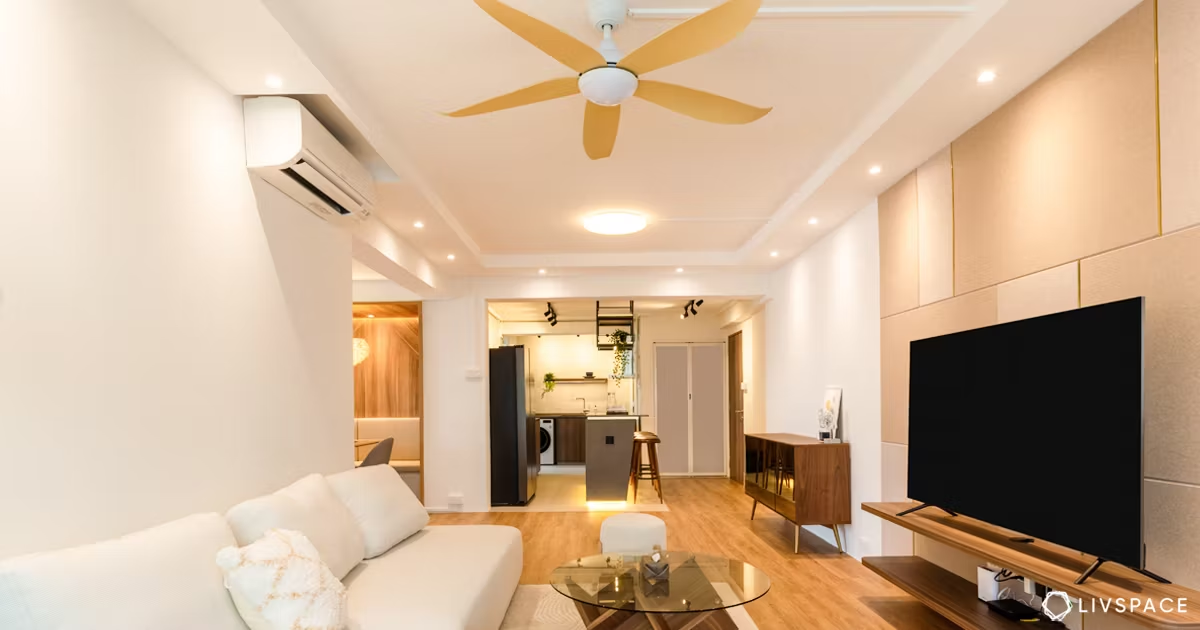

Lighting Appliances
How To Cover A Ceiling Light
Modified: February 18, 2024
Learn how to cover a ceiling light and enhance your home's ambiance with our expert tips and ideas for lighting appliances. Discover creative solutions for a stylish and functional lighting upgrade.
(Many of the links in this article redirect to a specific reviewed product. Your purchase of these products through affiliate links helps to generate commission for Storables.com, at no extra cost. Learn more)
Introduction
When it comes to illuminating our living spaces, ceiling lights play a pivotal role in providing both functionality and aesthetic appeal. However, there are instances where the existing ceiling light cover may need to be replaced. Whether you're looking to upgrade the style of your lighting fixture or simply seeking a fresh look, knowing how to cover a ceiling light is a valuable skill for any homeowner or DIY enthusiast.
In this comprehensive guide, we will walk you through the step-by-step process of covering a ceiling light. From gathering the necessary materials to safely installing the new cover, you'll gain the knowledge and confidence to tackle this project with ease. By following these instructions, you can transform the ambiance of your room while ensuring that the task is completed safely and efficiently.
So, if you're ready to elevate the look of your living space and add a touch of personal flair to your lighting, let's dive into the essential steps for covering a ceiling light.
Key Takeaways:
- Safety First!
Before covering a ceiling light, always turn off the power at the circuit breaker and use a voltage tester to ensure the wires are safe to handle. Prioritize safety to avoid electrical accidents. - Transform Your Space
Covering a ceiling light is a DIY project that can elevate the ambiance of your room. With the right materials and steps, you can add a personal touch and functional style to your living space.
Read more: How To Remove Ceiling Light Cover
Step 1: Gather the necessary materials
Before embarking on the task of covering a ceiling light, it's essential to gather all the required materials to ensure a smooth and efficient process. Here's a comprehensive list of the items you'll need:
-
New Ceiling Light Cover: Select a cover that complements your interior decor and fits the dimensions of your existing ceiling light fixture. Whether you opt for a sleek, modern design or a classic, ornate cover, ensure that it aligns with your aesthetic preferences.
-
Ladder or Step Stool: Depending on the height of your ceiling, a stable and secure ladder or step stool is crucial for safe access to the light fixture. Prioritize safety by choosing a ladder that provides the necessary reach without compromising stability.
-
Screwdriver Set: A set of screwdrivers, including both flathead and Phillips head varieties, will be indispensable for removing the existing light fixture and installing the new cover. Ensure that the screwdrivers are appropriately sized to fit the screws on your specific light fixture.
-
Voltage Tester: Safety should always be a top priority when working with electrical components. A voltage tester allows you to verify that the power to the light fixture has been effectively turned off before commencing any work, minimizing the risk of electrical accidents.
-
Protective Gear: It's essential to prioritize personal safety by wearing protective gear, including work gloves and safety goggles. These items will shield you from potential hazards and ensure a secure working environment.
-
Assistant: While not a physical material, having an extra set of hands can significantly simplify the process. Enlist the help of a friend or family member to assist with holding the ladder, passing tools, or providing guidance during the installation.
By ensuring that you have all the necessary materials at your disposal, you can approach the task of covering a ceiling light with confidence and efficiency. With these items in hand, you're well-equipped to proceed to the next steps and transform the look of your living space with a new ceiling light cover.
Step 2: Turn off the power
Before beginning any work on the ceiling light, it is crucial to prioritize safety by turning off the power supply to the fixture. This step is essential to prevent the risk of electrical shock or injury during the installation process. Here's a detailed guide on how to safely turn off the power:
-
Locate the Circuit Breaker: Start by identifying the circuit breaker that controls the electricity supply to the specific light fixture you'll be working on. Circuit breakers are typically located in the electrical panel of your home. If you're unsure which breaker corresponds to the light fixture, it's advisable to enlist the help of a qualified electrician to ensure the correct breaker is switched off.
-
Switch Off the Breaker: Once you've located the appropriate circuit breaker, firmly switch it to the "off" position. This action will cut off the power supply to the ceiling light, ensuring that no electricity is flowing to the fixture during the installation process.
-
Verify the Power: After turning off the circuit breaker, it's essential to verify that the power to the light fixture has been effectively shut off. To do this, use a voltage tester to check for the presence of electrical current. Carefully place the voltage tester against the light fixture's wiring and confirm that no voltage is detected. This step is crucial for ensuring that the electrical components are safe to handle.
-
Exercise Caution: Even after turning off the power at the circuit breaker and confirming its absence with a voltage tester, it's important to exercise caution when working with the light fixture. Treat all wires and components as if they are live, and avoid making direct contact with any exposed wiring.
By diligently following these steps to turn off the power, you can create a safe working environment for the subsequent stages of the ceiling light cover installation. Prioritizing safety at every stage of the process is essential for a successful and risk-free project.
Step 3: Remove the existing light fixture
With the power supply to the ceiling light safely turned off, you can proceed to the next crucial step: removing the existing light fixture. This process requires careful attention to detail and a methodical approach to ensure that the fixture is detached safely and without causing any damage. Here's a detailed guide on how to effectively remove the existing light fixture:
-
Remove the Light Bulbs: Begin by unscrewing and removing any light bulbs from the fixture. Set the bulbs aside in a safe location to prevent breakage or damage.
-
Detach the Fixture Cover or Canopy: In many ceiling light designs, a cover or canopy conceals the electrical wiring and mounting bracket. Use a screwdriver to loosen and remove the screws securing the cover to the ceiling. Once the screws are removed, carefully lower the cover to expose the wiring and mounting bracket.
-
Disconnect the Wiring: With the wiring and mounting bracket exposed, it's time to disconnect the electrical wiring. Start by carefully separating the wires connected to the fixture. Depending on the wiring configuration, you may encounter black (hot), white (neutral), and green or bare copper (ground) wires. Use caution and ensure that the wires are not under tension as you disconnect them.
-
Unscrew the Mounting Bracket: The mounting bracket secures the light fixture to the ceiling and may be attached with screws. Use a screwdriver to loosen and remove the screws holding the bracket in place. Once the screws are removed, carefully detach the mounting bracket from the ceiling, ensuring that the wires are free from any obstructions.
-
Inspect and Clean the Mounting Area: After removing the light fixture and mounting bracket, take a moment to inspect the mounting area on the ceiling. Clear away any dust, debris, or old mounting hardware to ensure a clean and smooth surface for installing the new ceiling light cover.
By following these detailed steps, you can effectively remove the existing light fixture in preparation for the installation of the new ceiling light cover. Taking the time to disconnect the wiring safely and inspect the mounting area will set the stage for a seamless transition to the next phase of the project.
When covering a ceiling light, always turn off the power to the light at the circuit breaker before starting. Use a ladder to reach the light fixture and carefully remove the existing cover. Replace it with the new cover, making sure it is securely in place before turning the power back on.
Step 4: Install the new ceiling light cover
With the existing light fixture successfully removed, it's time to embark on the exciting phase of installing the new ceiling light cover. This transformative step will breathe new life into your living space, adding a touch of elegance and functionality to the room. Here's a comprehensive guide on how to seamlessly install the new ceiling light cover, ensuring a secure and visually appealing outcome.
-
Prepare the New Cover: Before proceeding with the installation, carefully unpack the new ceiling light cover and inspect it for any visible damage or defects. Ensure that all components, including the cover itself and any accompanying hardware, are in optimal condition and ready for installation.
-
Align the Mounting Holes: Position the new ceiling light cover over the mounting area on the ceiling, aligning it with the existing screw holes or mounting points. Take a moment to confirm that the cover is centered and level, ensuring a balanced and aesthetically pleasing placement.
-
Secure the Mounting Bracket: If the new cover requires a mounting bracket for installation, carefully attach the bracket to the ceiling using the provided screws and a screwdriver. Ensure that the bracket is securely fastened and level, providing a stable foundation for the cover.
-
Connect the Electrical Wiring: With the mounting bracket in place, it's time to connect the electrical wiring to the new ceiling light cover. Match the corresponding wires – typically black to black (hot), white to white (neutral), and green or bare copper to the ground screw – and secure them together using wire connectors. Tug gently on the connected wires to ensure a snug and secure fit.
-
Attach the Cover: Once the wiring is securely connected, carefully lift the new ceiling light cover and position it over the mounting bracket. Align the screw holes on the cover with the mounting bracket and use the provided screws to fasten the cover in place. Exercise caution to avoid over-tightening the screws, which could potentially damage the cover or mounting bracket.
-
Install Light Bulbs: With the cover securely in place, insert the appropriate light bulbs into the fixture according to the manufacturer's specifications. Ensure that the bulbs are compatible with the fixture and that they are securely seated to prevent any issues during operation.
-
Test the Light Fixture: Before completing the installation process, it's crucial to test the newly installed ceiling light cover. Turn the power supply back on at the circuit breaker and switch on the light to verify that it functions as intended. Confirm that the bulbs illuminate properly and that the cover is securely in place without any wobbling or instability.
By following these detailed steps, you can successfully install the new ceiling light cover, adding a captivating focal point to your living space. With the cover securely in place and the light fixture tested for functionality, you can revel in the enhanced ambiance and visual appeal of your revamped ceiling light.
Read more: How To Cover A Ceiling Light Hole
Step 5: Turn the power back on
With the new ceiling light cover securely installed and the fixture tested for functionality, the final step in the process is to restore power to the light fixture. This critical step ensures that the newly installed cover can fulfill its purpose of illuminating your living space, creating a welcoming ambiance and enhancing the overall aesthetic appeal. Here's a detailed guide on how to safely turn the power back on and bring your revitalized ceiling light to life.
-
Double-Check the Installation: Before proceeding to turn the power back on, take a moment to conduct a final visual inspection of the newly installed ceiling light cover. Ensure that all components are securely in place, including the cover, mounting bracket, and light bulbs. Verify that the wiring connections are snug and free from any exposed conductors.
-
Return to the Circuit Breaker: With the installation confirmed, return to the electrical panel or circuit breaker that controls the power supply to the light fixture. Locate the corresponding breaker that was switched off during the initial stages of the project.
-
Switch On the Breaker: Carefully switch the circuit breaker to the "on" position, restoring the electrical power to the ceiling light. Take note of any audible clicks or visual indicators that signify the activation of the breaker.
-
Test the Light Fixture: With the power supply restored, return to the room and test the newly installed ceiling light cover. Switch on the light using the designated wall switch or control, and observe the fixture as it illuminates the space. Confirm that the light bulbs emit a steady and consistent glow, indicating that the cover is functioning as intended.
-
Verify Stability and Functionality: As the light fixture illuminates the room, take a moment to ensure that the cover remains stable and secure. Check for any signs of flickering or irregular operation, which may indicate a loose connection or wiring issue. Additionally, assess the overall aesthetic impact of the newly installed cover, appreciating its contribution to the room's ambiance.
By diligently following these steps to turn the power back on, you can complete the installation process with confidence, knowing that your ceiling light cover is ready to fulfill its role in illuminating and enhancing your living space. With the power restored and the cover seamlessly integrated into your interior decor, you can bask in the renewed allure of your revitalized ceiling light.
Conclusion
In conclusion, mastering the art of covering a ceiling light empowers homeowners and DIY enthusiasts to infuse their living spaces with personalized style and functional illumination. By following the comprehensive steps outlined in this guide, you've gained the knowledge and confidence to undertake this transformative project with ease.
The process begins with gathering the necessary materials, ensuring that you have everything from the new ceiling light cover to essential tools and safety gear. Prioritizing safety, the next step involves turning off the power to the light fixture, mitigating the risk of electrical accidents during the installation.
Carefully removing the existing light fixture sets the stage for the exciting phase of installing the new ceiling light cover. From aligning the mounting holes to securely connecting the electrical wiring, each step contributes to the seamless integration of the cover into your living space.
With the cover securely in place and the light fixture tested for functionality, the final step involves restoring power to the fixture, bringing your revitalized ceiling light to life. This pivotal moment marks the culmination of your efforts, as the newly installed cover illuminates the room and adds a captivating touch to your interior decor.
As you admire the enhanced ambiance and visual appeal of your revamped ceiling light, take pride in the accomplishment of mastering this essential home improvement skill. Whether you've chosen a sleek, modern cover to complement a contemporary aesthetic or a classic, ornate design to evoke timeless elegance, the impact of your efforts is sure to elevate the atmosphere of your living space.
By embracing the process of covering a ceiling light, you've not only transformed a functional element of your home but also imbued it with your unique style and creativity. This newfound skill empowers you to continually refresh and revitalize your living space, ensuring that your home reflects your evolving tastes and preferences.
So, as you revel in the allure of your revitalized ceiling light, take pride in the knowledge that you've mastered the art of covering a ceiling light, adding a touch of personal flair and functionality to your home. With this newfound expertise, you're well-equipped to embark on future home improvement projects, infusing each space with your distinctive vision and enhancing the comfort and beauty of your living environment.
Frequently Asked Questions about How To Cover A Ceiling Light
Was this page helpful?
At Storables.com, we guarantee accurate and reliable information. Our content, validated by Expert Board Contributors, is crafted following stringent Editorial Policies. We're committed to providing you with well-researched, expert-backed insights for all your informational needs.
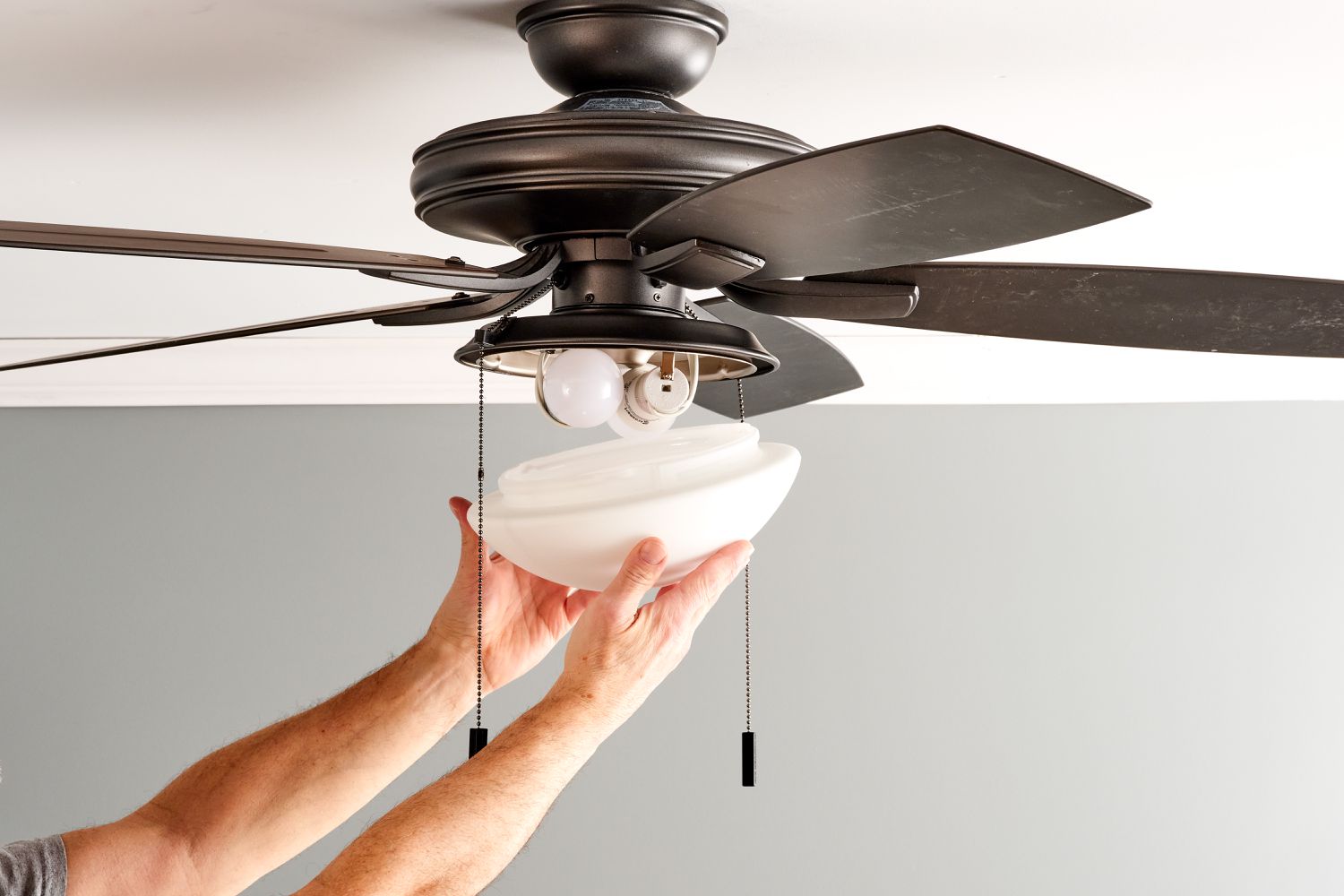
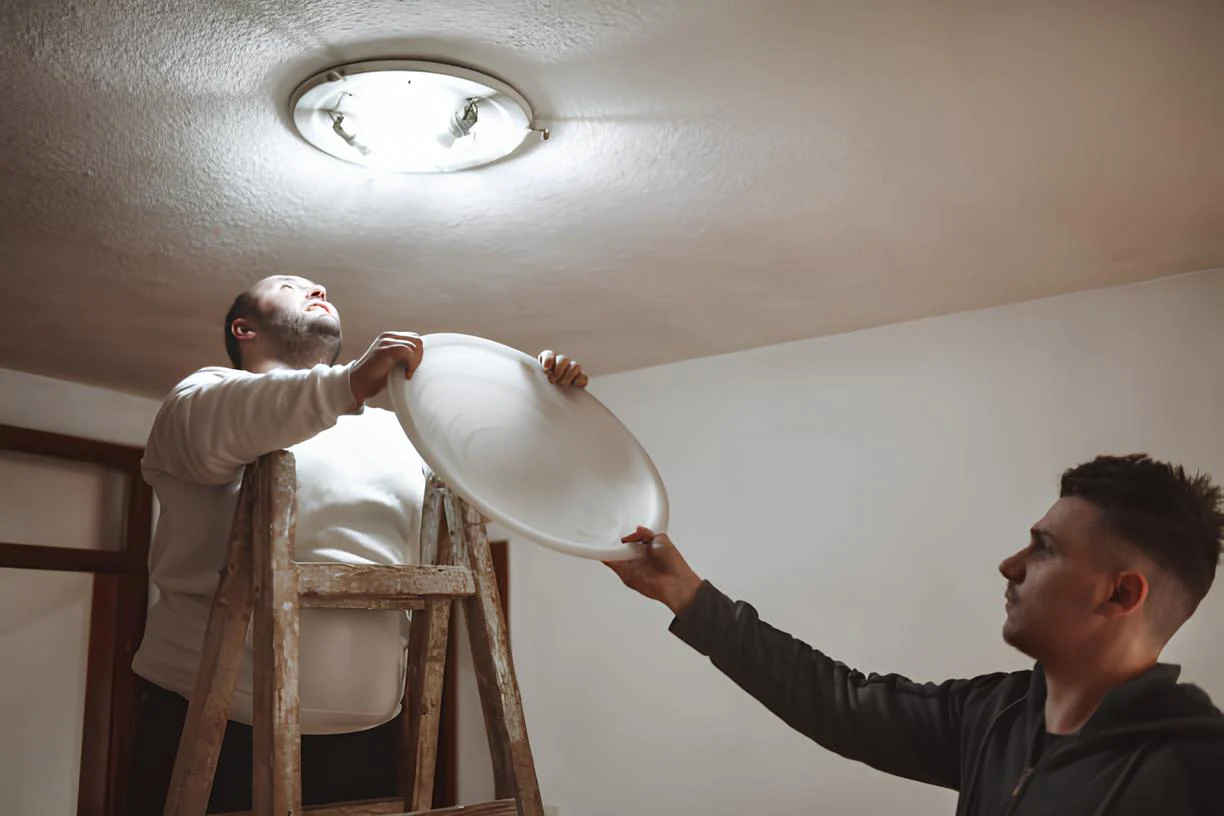
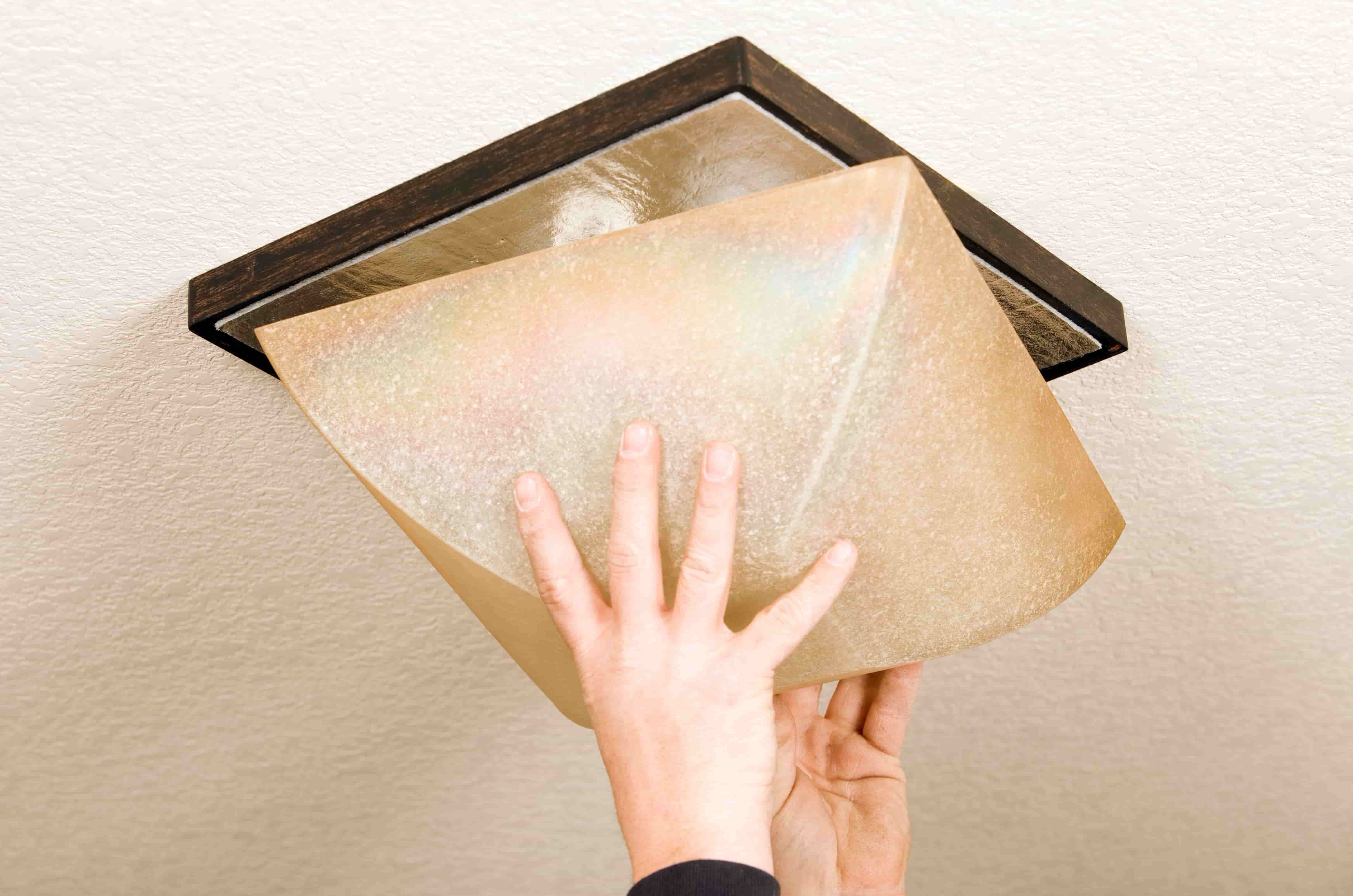

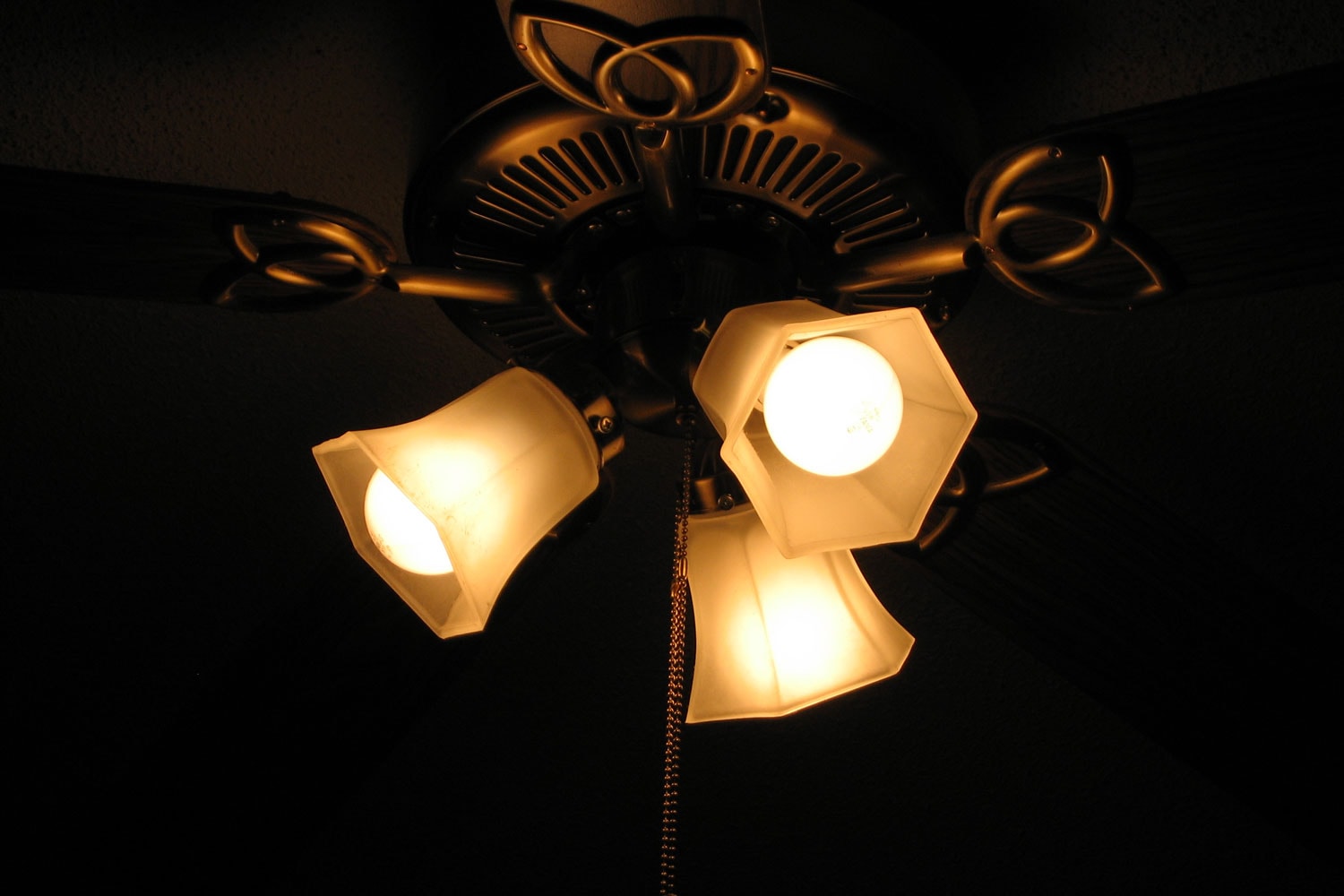
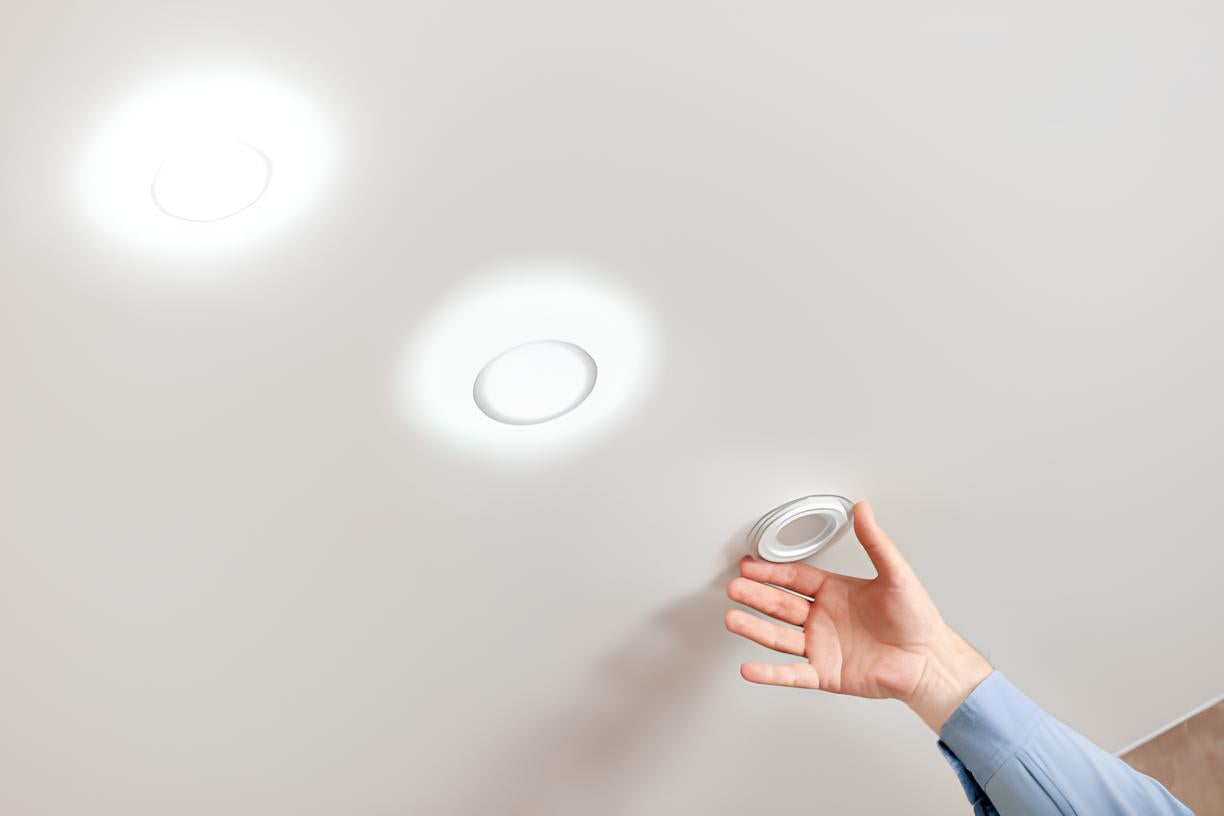
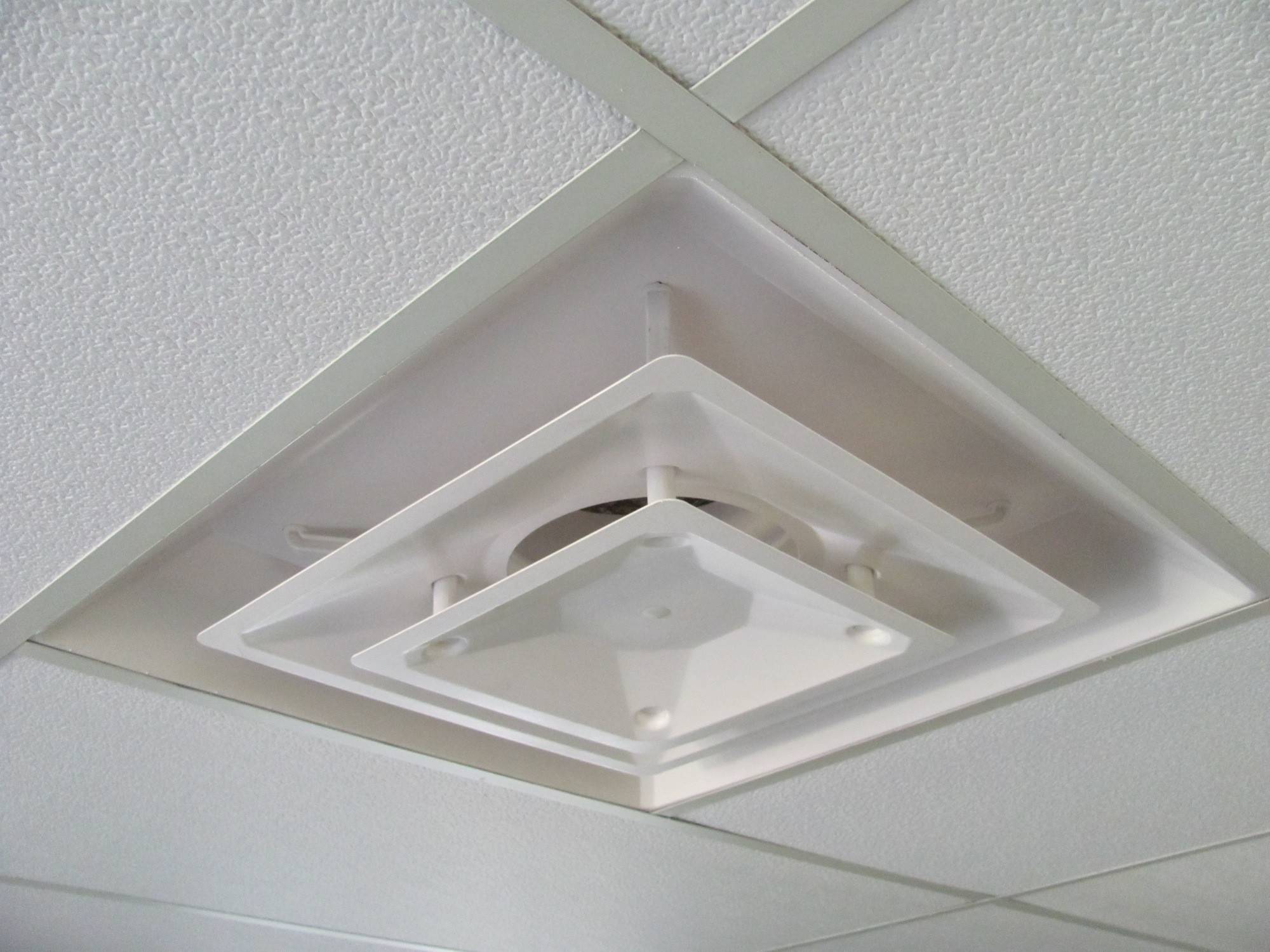
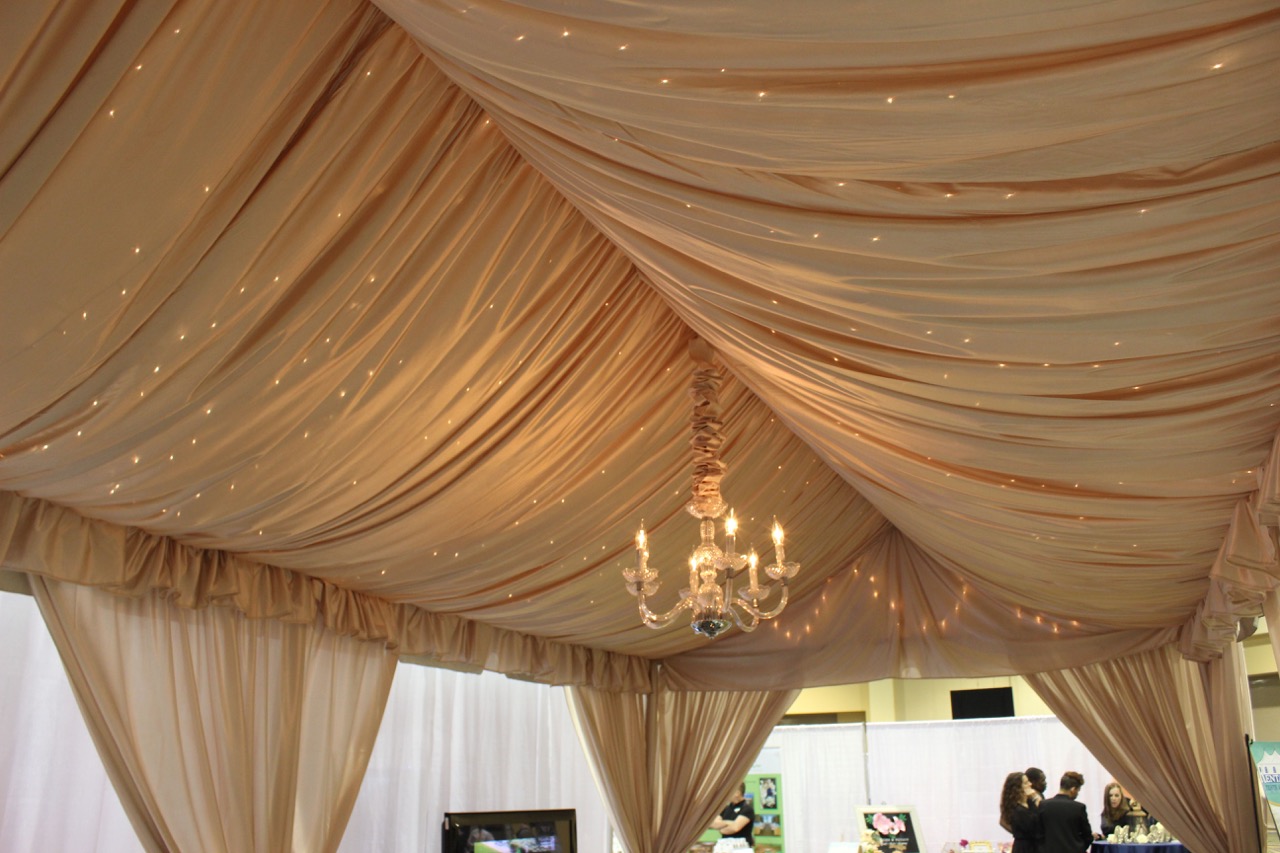
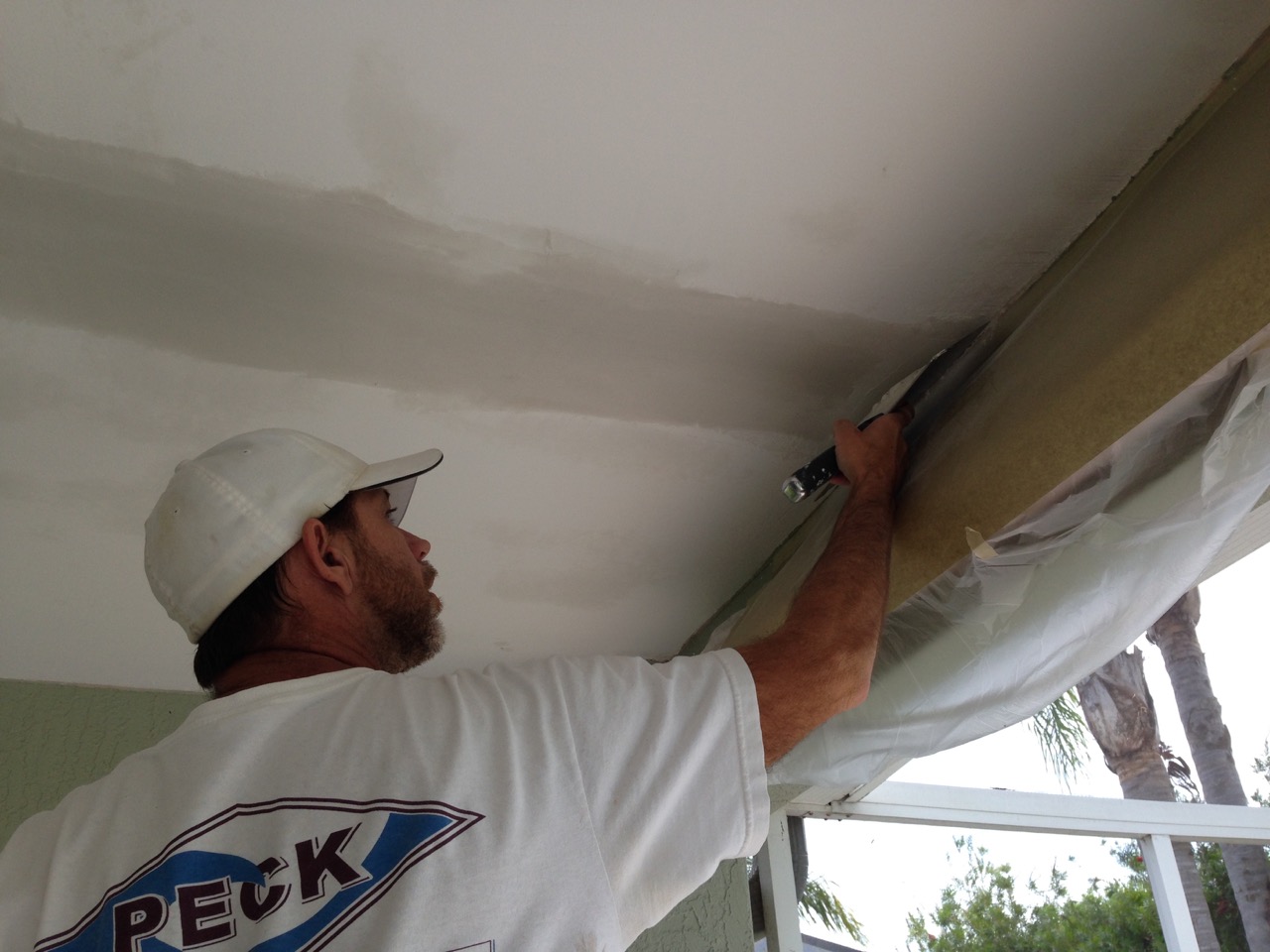
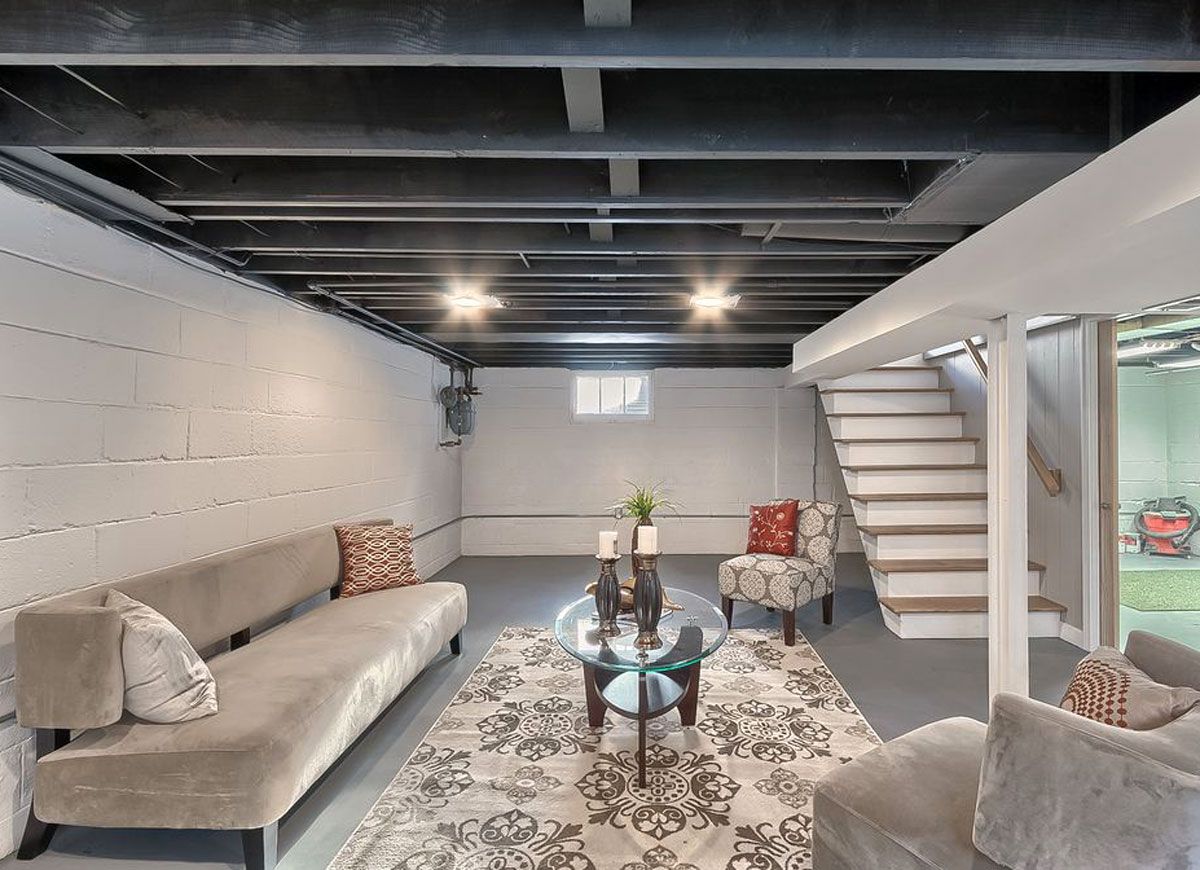
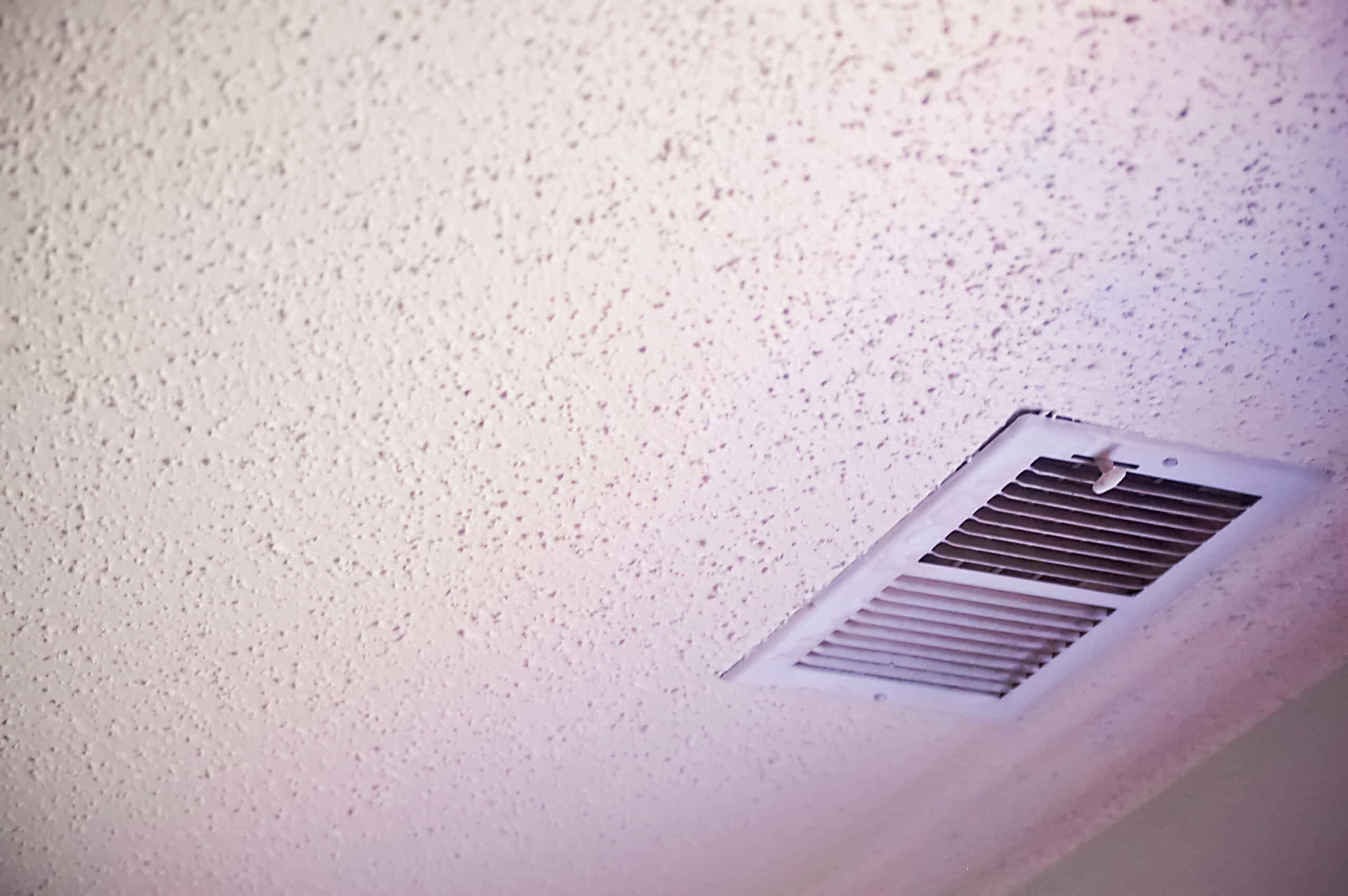
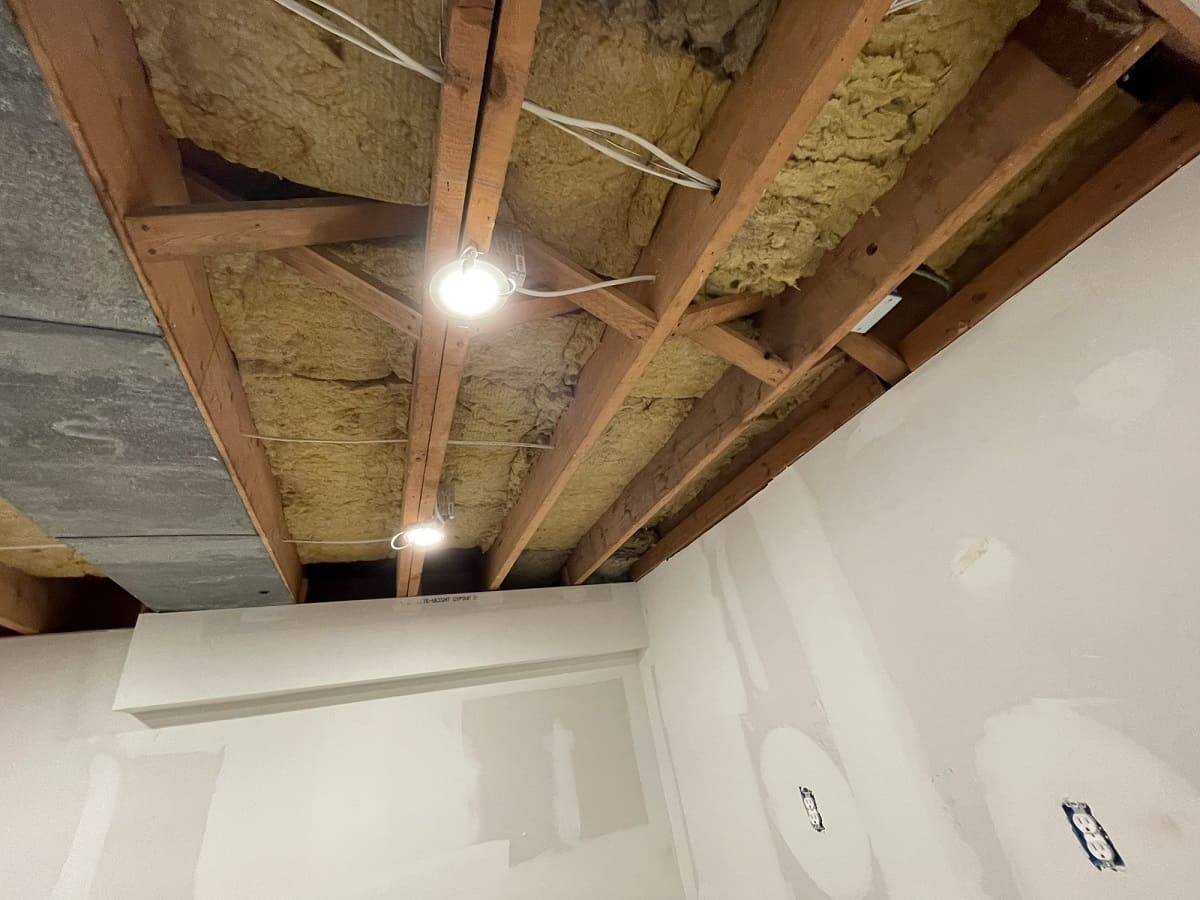
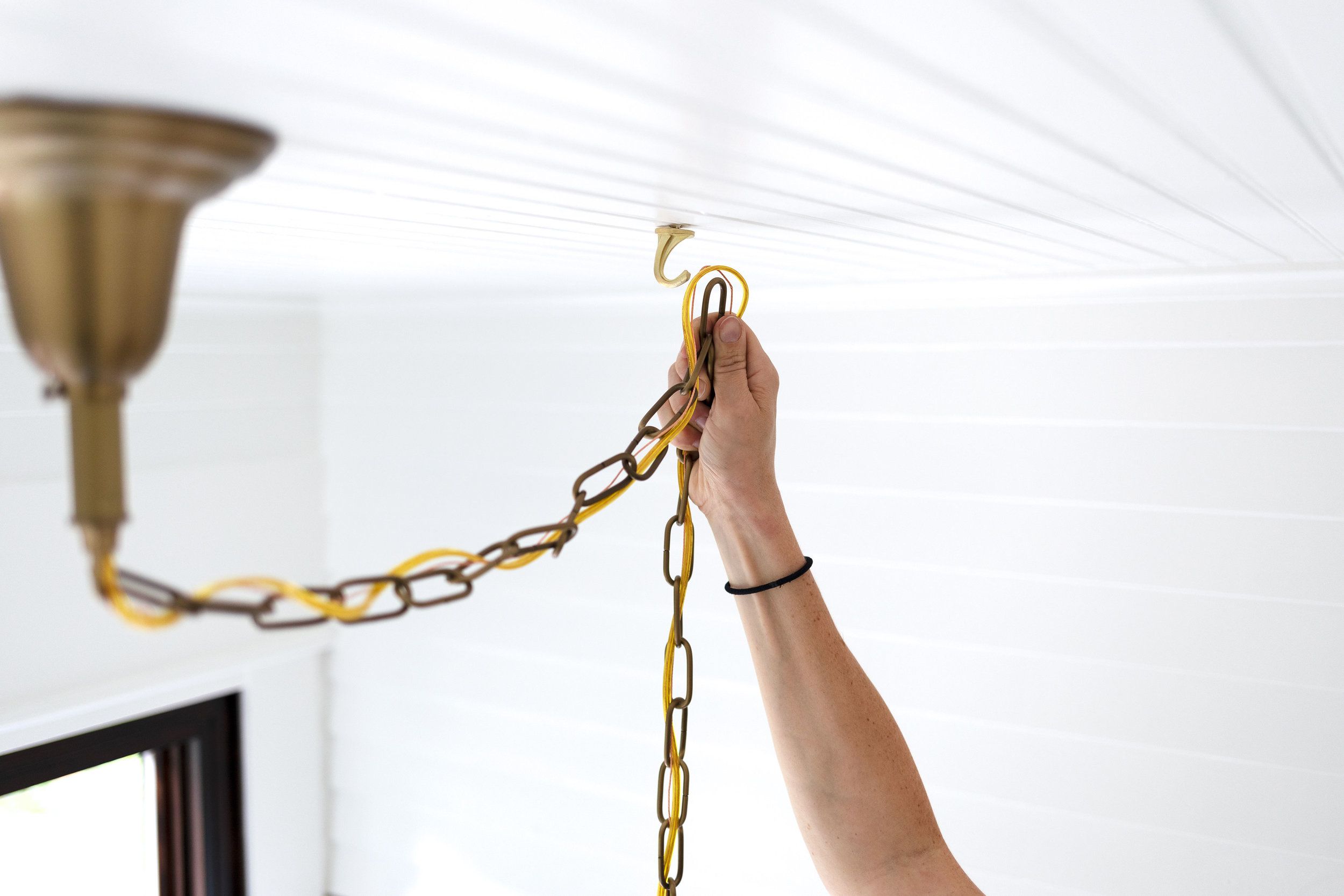
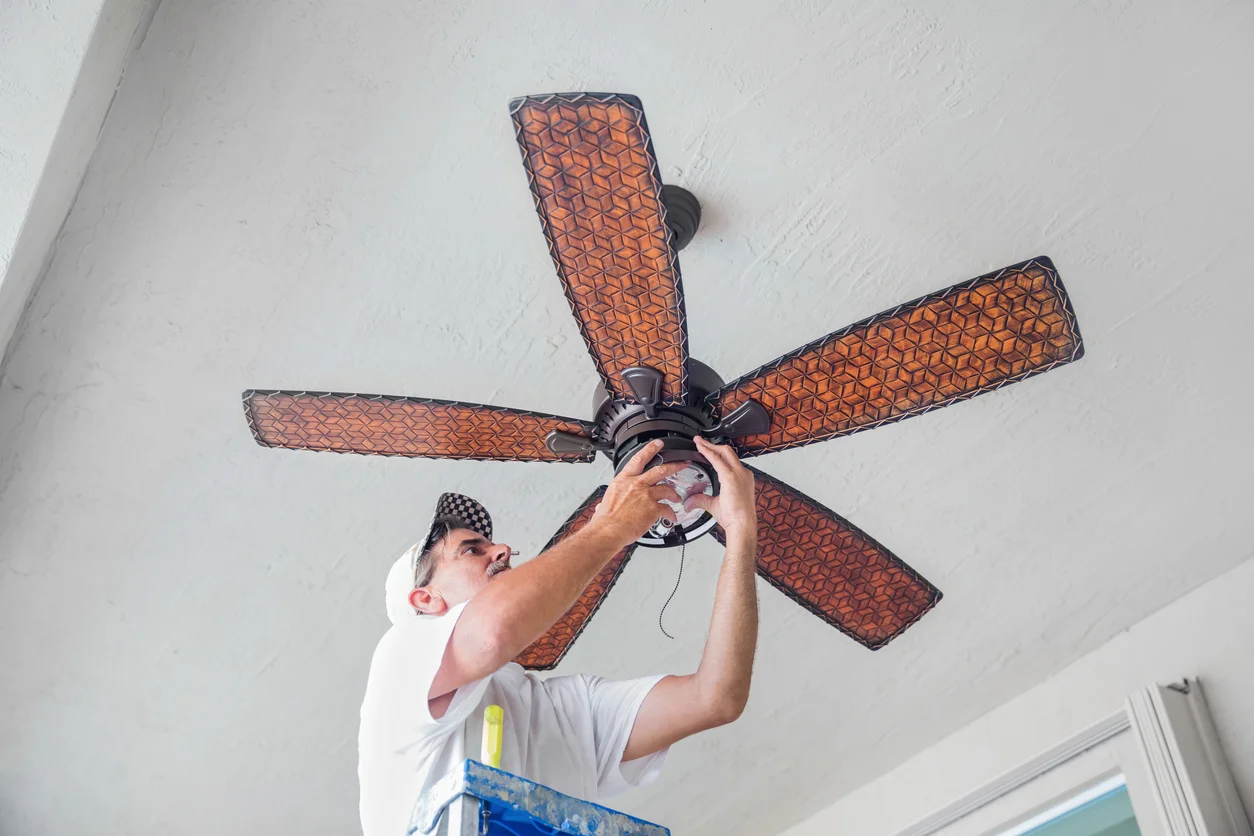

0 thoughts on “How To Cover A Ceiling Light”